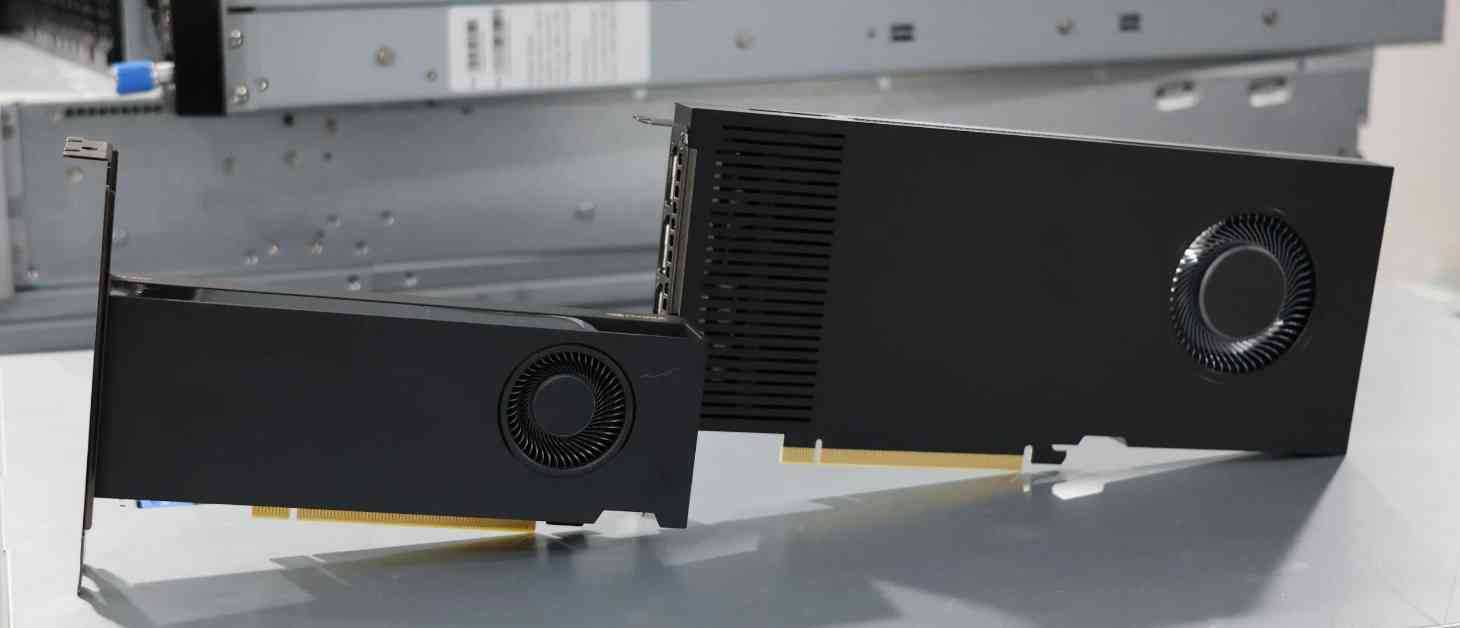NVIDIA has been making significant strides with their open-source GPU kernel driver modules, particularly with the recent release of the NVIDIA 555 Linux driver stable series. The support and performance of their open-source kernel modules are now on par with their proprietary kernel drivers. In fact, with the NVIDIA 560 Linux driver beta, the company is defaulting to using their open-source kernel driver modules for Turing and newer GPUs.
The NVIDIA open-source kernel driver modules, which are available through their driver installer and GitHub repository, offer a level of performance and support that rivals their proprietary counterparts. Moving forward, new NVIDIA GPUs will only be enabled with the open kernel modules, while the proprietary drivers will still be available for pre-Turing GPUs and users who prefer them.
One of the key advantages of using the MIT/GPLv2 dual-licensed kernel modules from NVIDIA is the addition of more features compared to the proprietary driver. These features include confidential computing, Magnum IO GPUDirect Storage, Heterogeneous Memory Management, CPU affinity for GPU fault handlers, DMA-BUF support for CUDA allocations, and more to come in the future.
It’s important to note that regardless of whether you choose the open-source or proprietary kernel driver option, the same closed-source user-space components for OpenGL, OpenCL, Vulkan, and CUDA will be used with NVIDIA’s official driver stack.
In addition to these advancements, NVIDIA has also introduced improvements in the NVIDIA 560 Linux driver series, including support for Variable Rate Refresh (VRR) for notebooks using the open-source kernel modules.
Recently, NVIDIA provided the Ada RTX A2000 and RTX A4000 workstation graphics cards for review. Stay tuned for upcoming Linux reviews of these cards, where we will take a closer look at the performance differences between the proprietary and open-source kernel modules.












